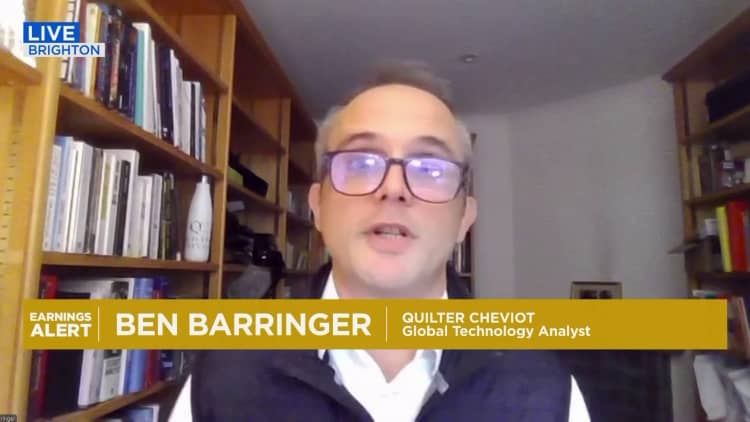Samsung Electronics, once a leader in memory semiconductors, is currently facing challenges and has fallen behind rival SK Hynix, especially in high-bandwidth memory (HBM) crucial for AI technologies. Due to insufficient investment in HBM, Samsung has seen a significant drop in profits and has lost about $126 billion in Market value. Meanwhile, SK Hynix has successfully partnered with Nvidia, becoming a major player in this Market. Although Samsung has initiated mass production of its next-gen HBM3E and aims to begin HBM4 production by 2025, its future success hinges on gaining Nvidia’s approval as a supplier. Analysts believe that achieving this could help Samsung regain its competitive edge in the growing AI sector.
Samsung’s Struggles in the Semiconductor Market: Can the Tech Giant Bounce Back?
In recent news, Samsung Electronics, historically a leader in the memory semiconductor Market, is facing intense competition from rival SK Hynix. This shift comes as demand for next-generation chips, essential for artificial intelligence (AI) applications, rises sharply. Despite once dominating this sector, Samsung has seen its Market value drop by approximately $126 billion, prompting a rare public apology from an executive amid disappointing financial results.
Memory chips are crucial in a wide range of devices, from smartphones to laptops. However, the explosive demand for AI technologies, like Nvidia’s powerful GPUs, has emphasized the need for high-bandwidth memory (HBM) — a product Samsung has not prioritized. While HBM was previously a niche Market, its importance surged with AI’s popularity. Unfortunately, Samsung’s lack of investment in this area has allowed SK Hynix to take the lead, capturing significant Market share and forming a strong partnership with Nvidia.
If Samsung hopes to regain its footing, it must gain approval from Nvidia, which is critical for entering the HBM supply chain. Analysts suggest that if Samsung can complete this qualification process, it could pave the way for renewed growth.
Despite these challenges, Samsung claims it is making progress with its HBM3E product and aims to ramp up sales soon. As the Market evolves, only time will tell if Samsung can reclaim its position or if competitors like SK Hynix will continue to thrive.
Tags: Samsung, SK Hynix, semiconductor industry, AI technology, Nvidia, HBM chips, memory Market, Market competition, technology news, electronics industry.
-
Why did Samsung fall behind in AI compared to SK Hynix?
Samsung focused more on traditional business like smartphones and chips, while SK Hynix invested heavily in AI technologies early on. -
What areas of AI is SK Hynix leading in?
SK Hynix has focused on developing AI chips and solutions for data centers, which has helped them gain an edge in the AI Market. -
How does this impact Samsung’s future?
If Samsung doesn’t catch up in AI, it could lose Market share and opportunities in this rapidly growing sector. -
Is Samsung doing anything to improve its AI position now?
Yes, Samsung is starting to increase investment in AI research and development to close the gap with competitors like SK Hynix. - What lessons can Samsung learn from SK Hynix’s approach?
Samsung can learn to focus more on innovation in AI technologies and prioritize investments that align with future trends.






